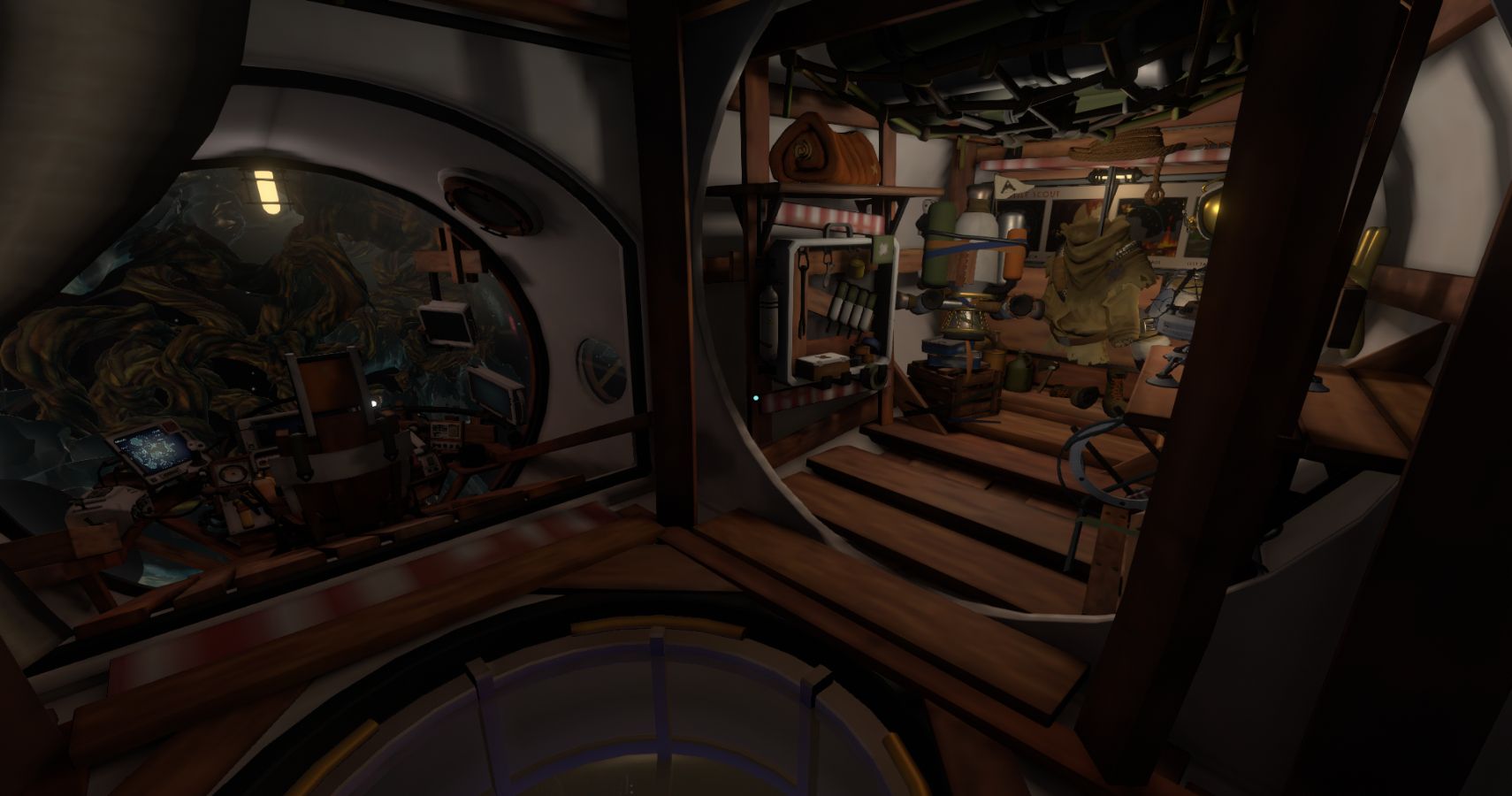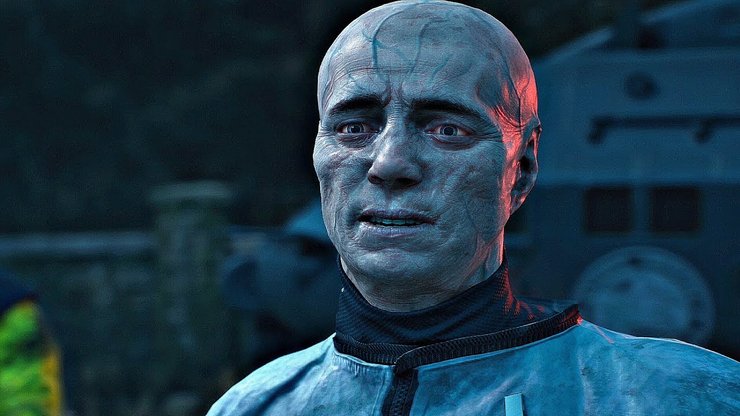

Nomai record tells us of crucial emotional connections between these people, some stranded together, others isolated and alone, all desperately trying to connect with each other across a solar system they never meant to call home, unified in their singular goal to locate the Eye of the Universe. Outer Wilds wields a marvelous marriage of narrative and design that makes me equal parts envious, delighted, and impressed. It motivates exploration and adventure in ways exposition simply can’t, because it belongs to you, the writer of your own story. Knowledge is our fuel, reward, and progress. In your hands is a lens to absorb Nomai history, but the context you discover reveals specific intention, scientific breakthrough, and leads to other worlds with new secrets waiting to be unraveled, over and over as the galaxy is obliterated, until you understand everything at once. These are invitations to investigate what happened to the alien Nomai species, and Outer Wilds trusts in your curiosity and impulsive exploration to discover so much more.Īrmed with a translation device, you can witness history and learn about an important people who had grand goals and lived in tragic circumstances, all through their writing.

You stumble blindly onto something mysterious an isolated and inaccessible structure, a roaring comet, gravity beholden to violent oceanic tornados, the ever-changing shape and scale of soulbound planets. A color, shape, sound, movement, mistake grabs your attention, and you’re suddenly on an adventure.

You follow your instincts, not instructions. Instead of guiding you by the hand, Outer Wilds provides you with the tools necessary to understand the universe, then propels you into orbit to achieve exactly that.Įverything from that moment relies on your whims, observations, and willingness to absorb information. You do not have answers because you have barely formed questions. The foundation of Outer Wilds’ design is trust, which is not a common creator-audience relationship.


 0 kommentar(er)
0 kommentar(er)
